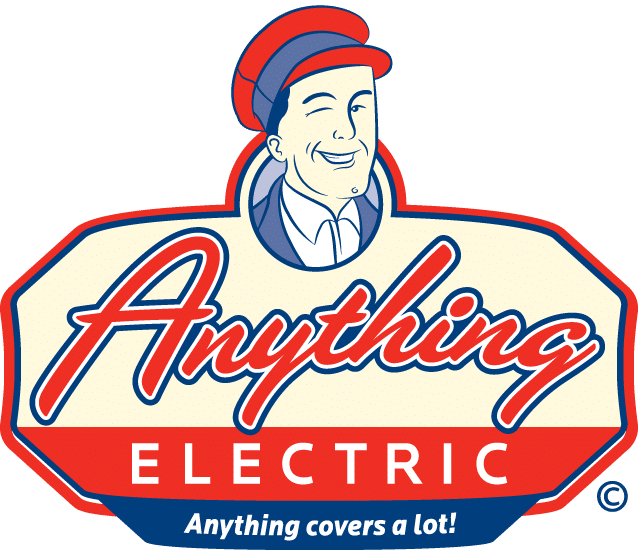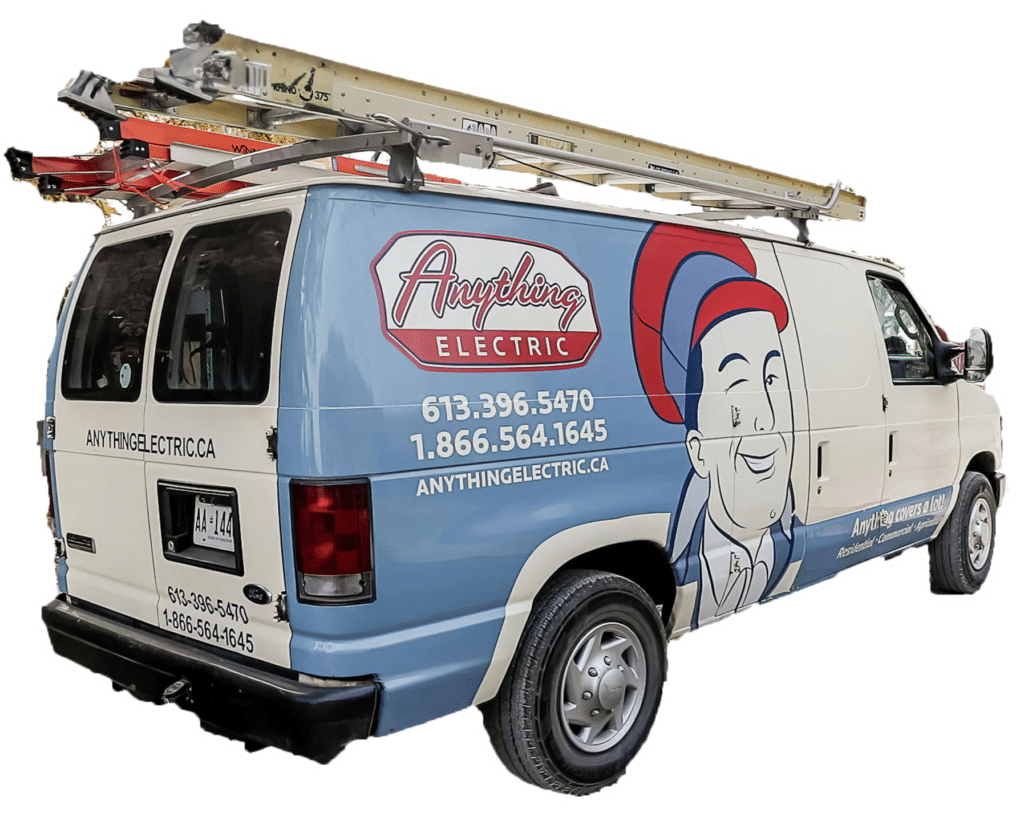Who knew that helping the environment could also help your wallet?
Here’s what you should know…
- Typically, a residential household uses 6% – 11% of their electrical bill for lighting.
- The provincial government has mandated that standard incandescent bulbs cannot be sold by 2014 (that is extended from 2012).
- Incandescent are some of the most inefficient converters of energy to light, producing 10% light and 90 % heat.
- One of the most effective ways of reducing your lighting energy load is installation of dimmers.
- Newer lighting options (LED, CFLs) provide energy saving options with excellent return on investments (ROIs)
- Many savings can be realized just by changing to a different type of bulb.
- Older fixtures can be converted to newer technologies without replacing the whole fixture. This reduces installation costs and time and also reduces the environmental impact as part of the old fixture is reused and not sent to a landfill.
- When changing the light types, changing the style of the fixture to match the decor of the area is a possibility.
- The 3 main bulb types to be used will be: Halogen, fluorescent, LED. Each are available in different shapes, different configurations, with different characteristics to meet every need and circumstance.
At-A-Glance Comparison
| L.E.D. | Fluorescent | Halogen | Incandescent | |
|---|---|---|---|---|
| Efficiency | 19 – 65 lumen/watt | 40 – 60 lumen/watt | 16 – 24 lumen/watt | 10 – 23 lumen/watt |
| Life Expectancy | 50,000 – 100,000hrs | 10,000 – 50,000hrs | 1,000 – 2,000hrs | 1,000hrs |
| Dimmable | Yes | No | Yes | Yes |
| Impact on Environment | Very Low | High | Very Low | Medium |
| Cost to Buy | High | Low | Low | Low |
Benefits
Savings:
- Upgrading fluorescent fixtures is a lower cost than replacing with an entirely new fixture, as material costs and labour will be lower.
- Changing your lighting fixtures and lamp/bulbs to more energy efficient types is one of the most cost effective solutions you can realize for your home.
- LED Lamps and fixtures have dramatically lowered in cost and improved in light output. Most lamp changes will pay for themselves in less than a year.
Availability:
- The Government of Ontario has legislated that the most commonly used 40, 60, and 100 watt incandescent bulbs will be no longer be sold in Ontario.
- The common, larger fluorescent bulbs (T12) that have been the standard are also being restricted in favour of the newer, smaller (T8) bulbs. These new types are more energy efficient, have less mercury content, and are rated for 20,000 hours of use. Because of the restriction of sales of the older style, their cost will dramatically increase in the future. It makes economic and environmental sense to make the switch now and start enjoying the benefits immediately.




